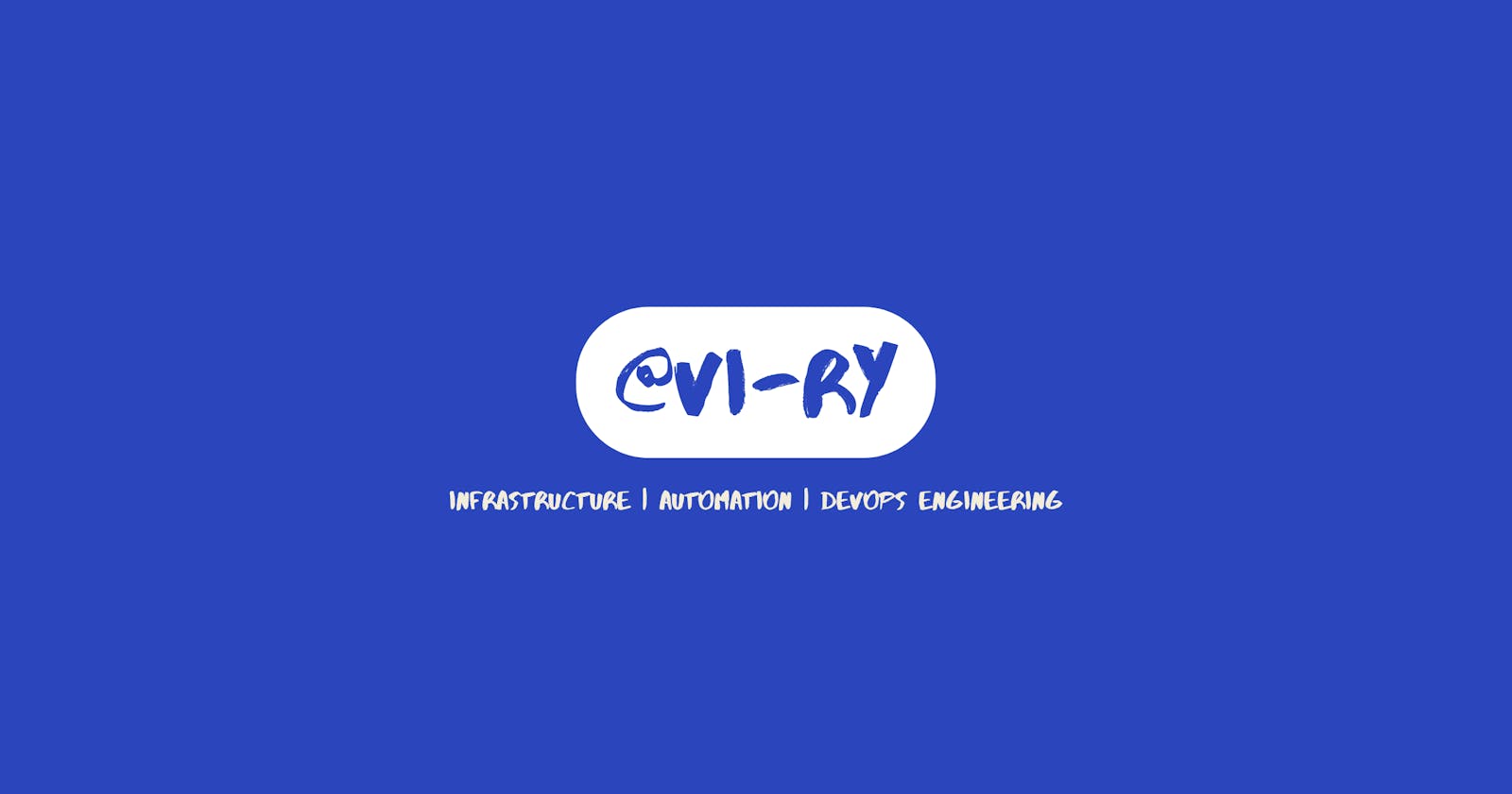Choosing Between Ansible and Terraform: A Guide to Infrastructure Automation
Introduction:
Infrastructure automation has become a critical component of modern IT operations, enabling organizations to streamline the deployment, configuration, and management of their infrastructure resources. Two popular tools that excel in this domain are Ansible and Terraform. While they share a common goal of automating infrastructure, each tool has its strengths and purposes. In this blog post, we will explore the differences between Ansible and Terraform and provide guidance on when to use each tool.
Ansible: Simplified Configuration Management and Automation
Ansible is an open-source automation tool that focuses on configuration management and automation. It is designed to deploy, configure, and manage software and systems across various environments. Ansible stands out with its simplicity and ease of use, thanks to its YAML-based syntax that allows for human-readable and writable configurations.
Use Cases:
Configuration Management: Ansible excels in automating configuration changes across servers and networking devices. It can enforce consistent configurations, ensuring systems adhere to predefined standards.
Software Deployment: With Ansible, you can automate the deployment of applications and software stacks, making it easy to replicate and scale environments.
Orchestration: Ansible provides powerful orchestration capabilities, allowing you to define and manage complex workflows and multi-tier applications.
Heterogeneous Infrastructure: Ansible supports managing a heterogeneous infrastructure with various operating systems, making it versatile for environments with diverse technology stacks.
Terraform: Infrastructure as Code for Multi-Cloud Environments
Terraform, on the other hand, is a popular infrastructure provisioning tool that enables you to define and manage infrastructure resources using a declarative language called HCL (HashiCorp Configuration Language). It focuses on creating and managing the entire lifecycle of infrastructure resources, making it an excellent choice for infrastructure as code practices.
Use Cases:
Cloud Infrastructure Provisioning: Terraform shines when it comes to provisioning infrastructure resources in a cloud environment. It supports multiple cloud providers, allowing you to manage resources consistently across platforms.
Infrastructure Orchestration: With Terraform, you can define complex infrastructure dependencies, enabling you to orchestrate the creation and management of resources in a coordinated manner.
Hybrid Cloud Environments: If your infrastructure spans across multiple cloud providers or involves hybrid cloud configurations, Terraform provides a unified approach to manage and provision resources.
Consistent Deployments: Terraform promotes infrastructure-as-code practices, facilitating consistent and repeatable deployments. It helps track and version infrastructure changes, promoting collaboration and reliability.
Choosing the Right Tool:
Deciding whether to use Ansible or Terraform depends on your specific use case and requirements. Here are some guidelines to help you make an informed decision:
Ansible: Choose Ansible if you need to focus on configuration management, software deployment, and orchestration. It is a great fit for managing a heterogeneous infrastructure and executing tasks on remote servers.
Terraform: Opt for Terraform if you require infrastructure provisioning, management, and orchestration across multiple cloud providers or hybrid environments. It is well-suited for implementing infrastructure as code practices and achieving consistent deployments.
In many cases, both Ansible and Terraform can be used together. Ansible can handle software configuration and orchestration tasks, while Terraform provisions and manages the underlying infrastructure resources.
Conclusion:
Ansible and Terraform are both powerful tools that offer distinct advantages for infrastructure automation. Ansible excels in configuration management, software deployment, and managing heterogeneous environments, while Terraform shines in infrastructure provisioning, management, and multi-cloud environments. By understanding their strengths and use cases, you can choose the right tool or even leverage both in combination to achieve comprehensive infrastructure automation and orchestration.

